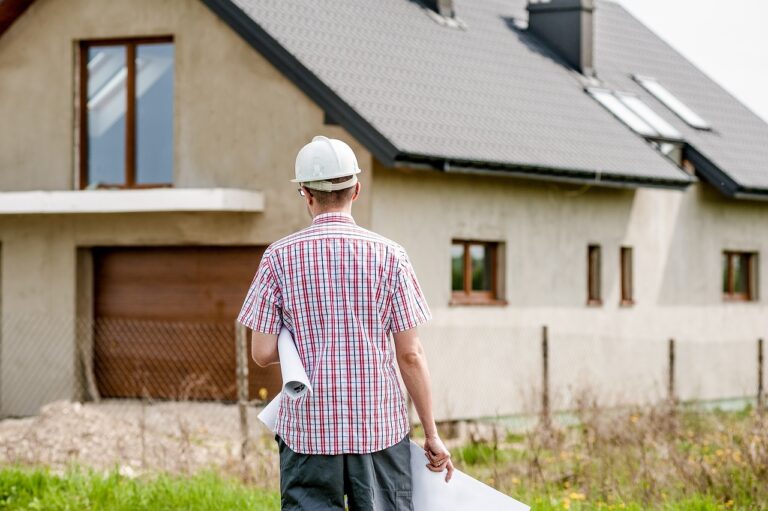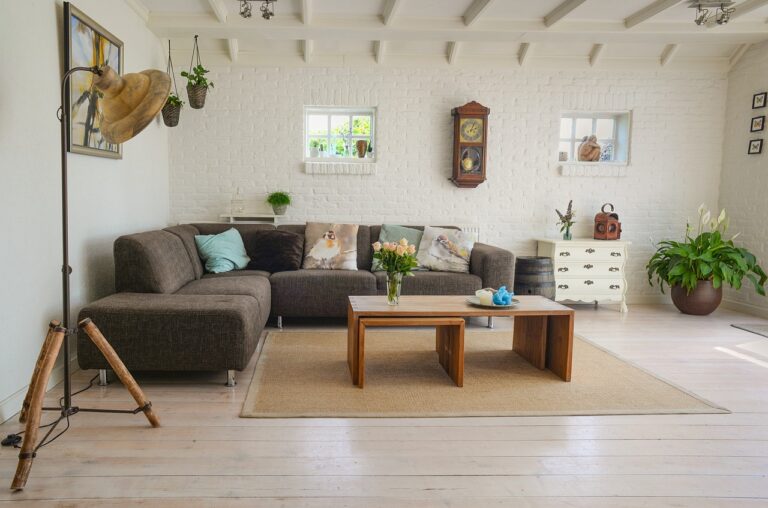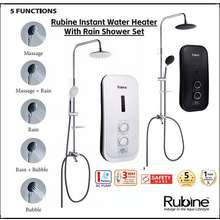Affordable Net-Zero Energy Homes: Achieving Energy Efficiency Without Breaking the Bank
When designing a home, considering energy efficiency is paramount in today’s world. Not only does energy-efficient design help reduce the carbon footprint of a home, but it also leads to significant cost savings for homeowners over time. By incorporating energy-efficient features into the design, such as proper insulation, high-performance windows, and energy-efficient appliances, homeowners can enjoy a more comfortable living space while also being environmentally conscious.
Furthermore, energy-efficient homes contribute to the overall sustainability of the environment by conserving energy resources and reducing greenhouse gas emissions. As the world shifts towards a more sustainable future, prioritizing energy efficiency in home design is not only a smart choice for homeowners but also a crucial step towards mitigating the effects of climate change. It is essential for homeowners, architects, and builders to work together to create homes that are both aesthetically pleasing and energy-efficient, setting a standard for future construction practices.
Understanding the Concept of Net-Zero Energy Homes
Net-zero energy homes represent a groundbreaking approach to sustainable living by effectively balancing energy consumption with energy production. These homes are meticulously designed to minimize energy usage through features such as high levels of insulation, efficient heating and cooling systems, and advanced appliances. Beyond simply reducing energy consumption, net-zero energy homes also incorporate renewable energy sources like solar panels to generate the necessary energy onsite.
The concept of net-zero energy homes emphasizes a holistic approach to sustainable living, aiming to create a harmonious relationship between the residents and the environment. By implementing innovative technologies and design strategies, these homes strive to achieve a balance where the energy produced equals the energy consumed over a defined period. This not only reduces the environmental impact of the home but also leads to long-term cost savings for homeowners through decreased utility bills.
Net-zero energy homes balance energy consumption with energy production
Features include high levels of insulation, efficient heating/cooling systems, and advanced appliances
Incorporate renewable energy sources like solar panels for onsite energy generation
The holistic approach of net-zero energy homes focuses on creating a harmonious relationship between residents and the environment. By utilizing innovative technologies and design strategies, these homes aim to achieve a balance where the energy produced equals the energy consumed over time. This not only reduces environmental impact but also results in long-term cost savings for homeowners through lower utility bills.
Key Features of Net-Zero Energy Homes
The incorporation of high levels of insulation is a fundamental feature of net-zero energy homes. This helps to minimize heat loss during colder months and reduce the need for constant heating. In addition, energy-efficient windows and doors play a crucial role in maintaining a consistent indoor temperature without relying heavily on heating or cooling systems.
Another key feature of net-zero energy homes is the utilization of renewable energy sources such as solar panels. By harnessing the power of the sun, these homes are able to generate their own electricity, making them self-sufficient and reducing their reliance on traditional power grids. Furthermore, advanced energy-efficient appliances and lighting fixtures are commonly found in net-zero energy homes, further contributing to their overall energy-saving capabilities.
What are the benefits of energy efficiency in home design?
Energy efficiency in home design can help reduce energy bills, minimize environmental impact, and improve overall comfort and air quality in the home.
What does the concept of net-zero energy homes entail?
Net-zero energy homes are designed to produce as much energy as they consume, resulting in a net-zero energy consumption over the course of a year.
What are some key features of net-zero energy homes?
Key features of net-zero energy homes include high levels of insulation, energy-efficient appliances, solar panels for renewable energy generation, and advanced HVAC systems.
How can homeowners achieve a net-zero energy home?
Homeowners can achieve a net-zero energy home by incorporating energy-efficient design elements, renewable energy sources, and smart technology to monitor and manage energy consumption.
Are net-zero energy homes more expensive to build?
While the upfront costs of building a net-zero energy home may be slightly higher, the long-term savings on energy bills and the positive environmental impact make it a worthwhile investment.







